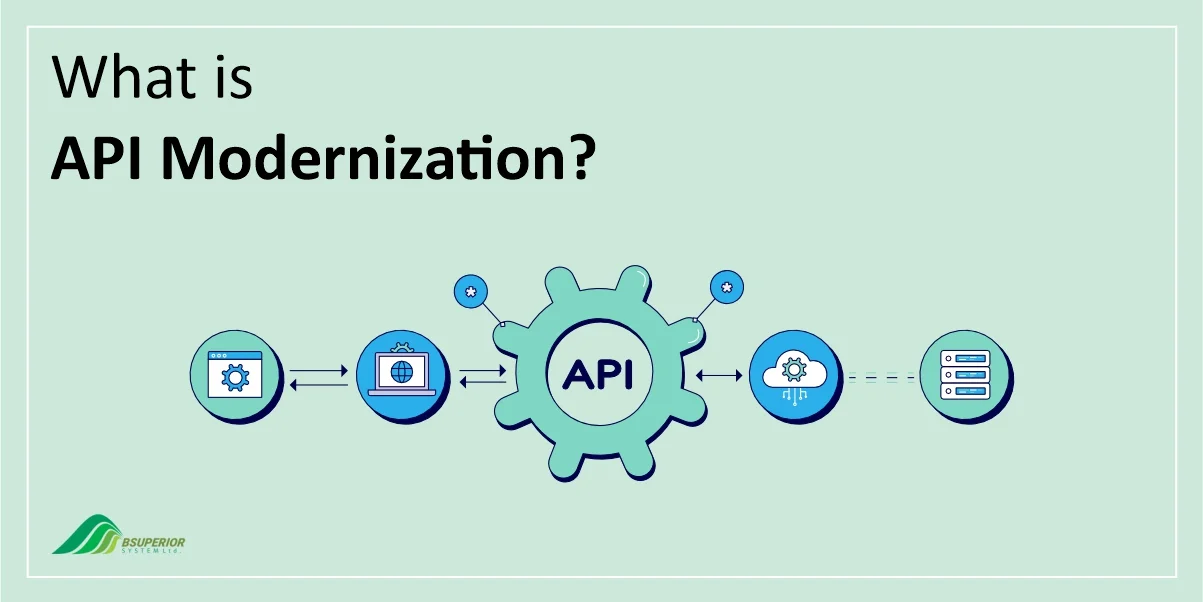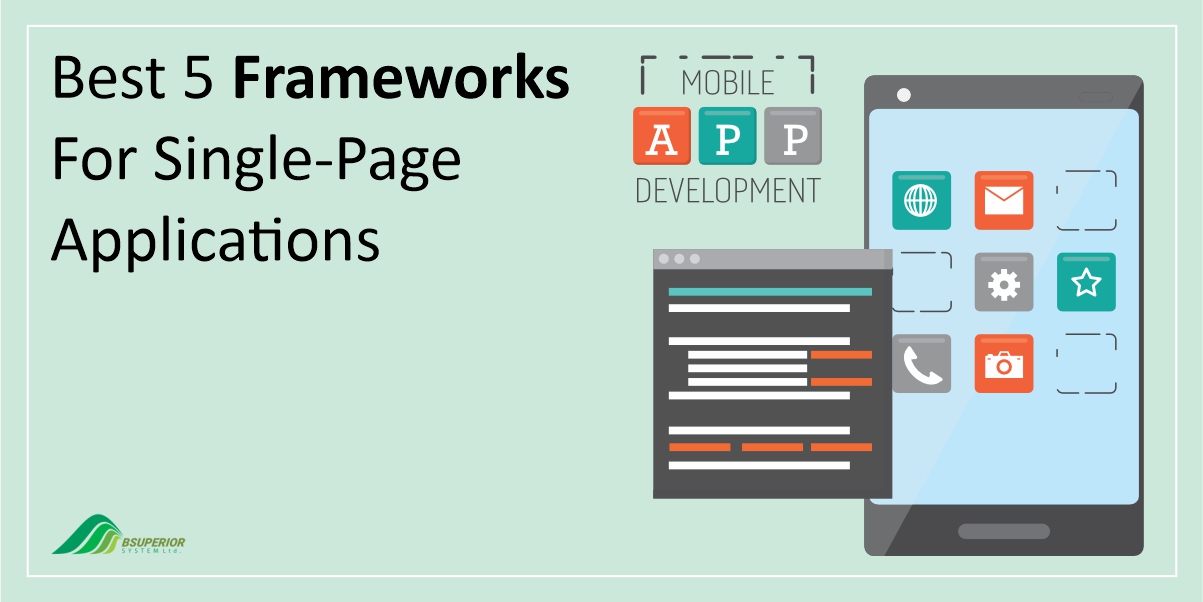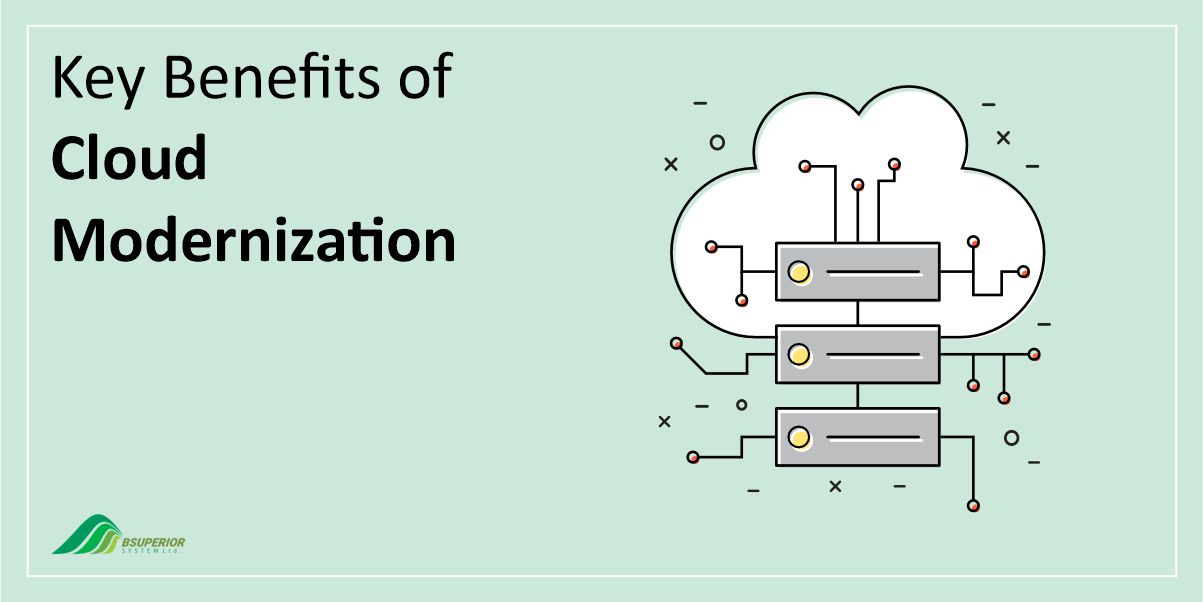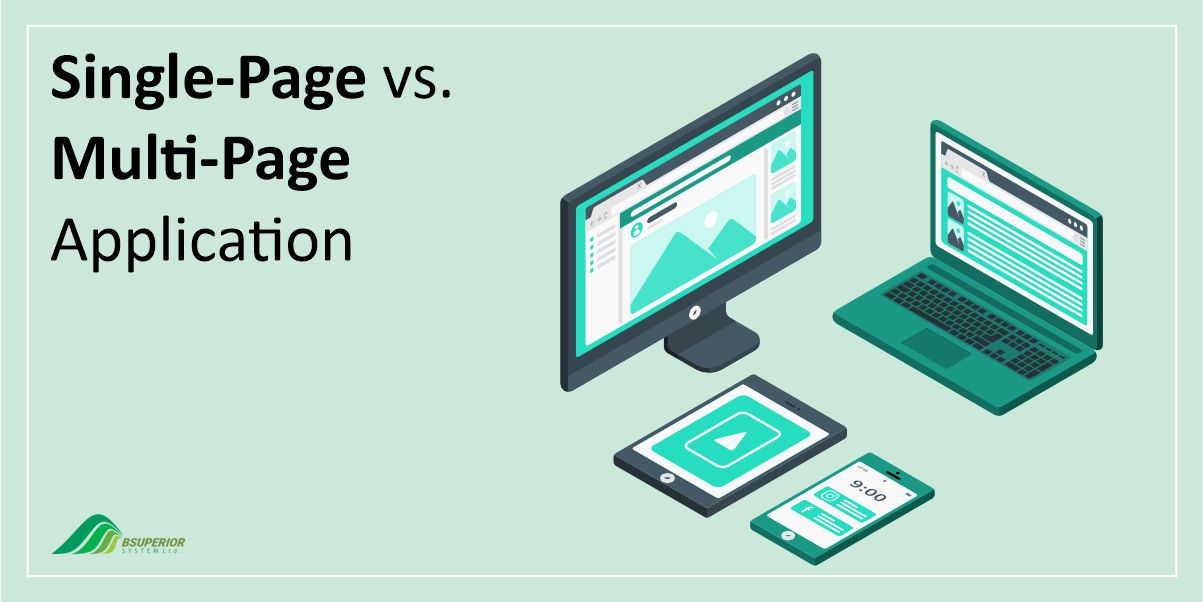What is API Modernization? Benefits and Phases

Imagine a bustling city, its intricate network of streets and alleys representing the complex web of legacy IT systems. Now, envision modern APIs as sleek, high-speed trains, effortlessly gliding through this landscape, connecting disparate parts of the city with efficiency, agility, and innovation.
In this blog, we’ll embark on a journey to explore the transformative power of API modernization. It’s a story of how outdated systems, much like vintage cars chugging along cobblestone streets, are given a turbocharged makeover. Modern APIs transform these old models into supercharged engines, capable of navigating the fast-paced highways of today’s digital demands.
What is API Modernization?
Imagine a bustling city with roads, bridges, and tunnels connecting every part of it. Now, picture these as the digital pathways in the world of technology. These pathways are what we call Application Programming Interfaces or APIs. But just like any city, technology evolves, and so must its pathways. This is where API modernization steps in.
Read more: What Are The Application Modernization Services?
API modernization is the process of transforming these digital pathways to meet contemporary demands in security, efficiency, scalability, and more. It’s like upgrading the infrastructure of our hypothetical city to make travel faster, safer, and more efficient. Here’s how it unfolds:
- Enhancing Security Standards: Just as a city upgrades its security systems, API modernization boosts security protocols to safeguard data. It employs modern standards like OAuth 2.0 and JWT/JWS, ensuring secure interactions in the digital realm.
- Improving Efficiency and Scalability: Modern APIs, especially RESTful ones, are akin to highways designed for speed and scalability. They handle web services and cloud applications, ensuring that data travels swiftly and smoothly.
- Facilitating Digital Transformation: In the journey of digital transformation, APIs are the unsung heroes. They link systems and data, making IT systems adaptable and responsive. This is a game-changer for industries like banking and insurance, where agility is key.
- Enhancing Application Modernization: API modernization is also about speed. It accelerates the delivery of new features, integrates existing applications for broader use, and supports the shift from on-premises infrastructure to cloud-based solutions.
- Creating Smaller, Isolated Services: Modernization involves breaking down monolithic systems into smaller, focused services. This approach leads to faster development, better integration with partners, and accelerated DevOps cycles.
Benefits of API Modernization
Imagine a world where your IT systems are not just efficient, but also adaptable, agile, and future-ready. That’s exactly what API modernization can do. So, what makes API modernization such a great choice for organizations? Here are the key benefits:
- Speeding Up Feature Delivery: One of the most striking benefits of API modernization is how it accelerates the delivery of new features. With modern APIs, integration becomes so easy, facilitating quick development and deployment. This means businesses can respond faster to market changes and customer needs, staying ahead of the curve.
- Seamless Integration and Management: The era of juggling multiple systems with complex integrations is over. Modern APIs enable smoother integration with third-party services and streamline data management across various environments. This shift not only simplifies processes but also fosters adaptability in IT systems.
- Reducing IT Workload: Let’s face it, IT teams are often overloaded. API modernization eases this strain by distributing the workload more evenly across teams. Developers of different skill levels can now build integrations more efficiently, thanks to API adapters. This approach not only enhances productivity but also fosters a more collaborative working environment.
- Boosting Efficiency and Scalability: With a focus on RESTful architecture, modern APIs contribute to systems that are not just more efficient but also scalable. This is particularly crucial for businesses undergoing digital transformation, making systems more responsive and adaptable to change.
- Cost-Effective Maintenance of Legacy Systems: Many organizations rely on legacy systems, which can be expensive to maintain. API modernization offers a cost-effective solution, reducing these maintenance costs and extending the life and utility of legacy systems.
- Enhanced Reusability and Partner Integrations: API modernization leads to better component reusability and smoother integration with business partners. This is particularly beneficial for organizations that operate in collaborative and interconnected service environments.
- Simplified Connectivity through Automation: Connectivity becomes more straightforward by integrating modern APIs into automation platforms. This not only lowers costs but also speeds up the integration of new technologies, enhancing overall project efficiency.
- Centralized Monitoring and Management: Modern API processes, when handled through centralized platforms, simplify the development, deployment, monitoring, and management of APIs. This centralized approach reduces IT complexity and enhances operational efficiency, paving the way for smoother and more effective API management.
What Is the Core Characteristic of the Modern API
The core characteristics of modern Application Programming Interfaces (APIs) are what set them apart from their predecessors and make them indispensable in today’s digital transformation journey. Let’s explore these defining features:
- Adherence to Standards: Modern APIs are synonymous with standardization. They typically conform to widely recognized protocols such as HTTP and REST (Representational State Transfer). This adherence ensures APIs are user-friendly, self-descriptive, easily accessible, and universally understood, making them integral to contemporary software development.
- Audience-Specific Design: Unlike traditional APIs, modern ones are crafted with specific users in mind, such as mobile app developers. This user-centric approach treats APIs more like products, focusing on end-user experience and needs, which leads to more intuitive and effective solutions for the intended applications.
- Robust Documentation and Versioning: Clarity and predictability are hallmarks of modern APIs. They come with comprehensive documentation and clear versioning. This transparency is essential for effective usage and maintenance over time and helps developers quickly grasp and utilize the API’s capabilities.
- Standardized Monitoring and Management: With advanced frameworks, modern APIs enable effective performance monitoring and scalability management. This feature is crucial for ensuring optimal performance, especially in complex or large-scale systems.
- Enhanced Security and Governance: In an era where data breaches are a significant concern, modern APIs prioritize robust security and governance measures. They incorporate advanced security protocols to protect against unauthorized access and data breaches, a critical aspect given the sensitive nature of many transactions they handle.
- Own Software Development Lifecycle (SDLC): Modern APIs are developed and maintained with the same rigor as other software products, following a comprehensive SDLC. This lifecycle approach ensures their reliability and longevity, from design and testing to management and retirement.
- Comprehensive Architecture: The architecture of modern APIs encompasses more than just the interfaces; it includes the entire ecosystem – data storage systems, servers, networks, and client applications. This holistic approach creates a secure and efficient system for API delivery, ensuring seamless interaction between different components.
API Modernization and Workflows
API modernization refers to the process of updating and improving existing Application Programming Interfaces (APIs) to better meet current needs, often by using new technologies and methodologies. This process is crucial for organizations looking to modernize legacy systems and enhance their digital capabilities. Here’s an overview of key aspects and best practices in API modernization and workflows:
- Refactoring and Re-architecting: Modernization often involves revamping old systems through a mix of refactoring and re-architecting. These strategies depend on an organization’s resources and goals. By adopting modern APIs, businesses can upgrade legacy systems, making them more efficient and adaptable.
- Embracing DevOps and CI/CD: Incorporating DevOps practices in API development is a game changer. Continuous Integration (CI) and Continuous Deployment (CD) are vital for effective API management, facilitating a seamless and efficient workflow. This integration demands strategic decision-making to understand each part of the API DevOps pipeline.
- Opinionated Workflows in Application Modernization: In the realm of modernization, opinionated workflows play a crucial role. These workflows are designed to enhance the speed and efficiency of developer and operations feedback loops. It’s essential to ensure that modernized applications can seamlessly integrate within the existing operational culture of an enterprise.
- API Management Essentials: Effective API management involves robust access control, security measures, and throttling mechanisms. Utilizing infrastructure like API Gateways is crucial for managing these processes. In modernizing APIs, re-implementing capabilities as standalone microservices and creating new, consistent APIs across instances is a common approach, necessitating comprehensive governance.
- Leveraging Code Automation in Development: Modernizing API development often means embracing code automation. This allows companies to more efficiently expose functionalities as services, enhancing accessibility. Automation in API development speeds up the process of integrating new tools and technologies, reducing time and resource investment.
API Modernization Phases
The process of API modernization encompasses several critical phases, each of which contributes to transforming and enhancing the overall functionality and efficiency of Application Programming Interfaces (APIs) within an organization. These phases include:
-
API Program & API Strategy
The first phase is all about setting the stage. It involves understanding the role of APIs in the broader digital strategy of the organization. This is where you define how APIs can enhance system interoperability, facilitate efficient information exchange, and execute transactions. Crafting a well-defined API strategy is pivotal for building reusable technology assets, thereby maximizing technology investments.
Read more: Top 10 API Development Companies
-
API Management & API Governance
This phase is the backbone of the modernization process. It’s about deploying and scaling APIs effectively, ensuring they are managed throughout their lifecycle. Key elements include establishing an API portal for developer interaction, an API gateway for consumer authentication, and API brokers for data manipulation. Also crucial is the creation of a centralized system for managing and monitoring APIs, ensuring compliance with standards and policies.
-
Developer Engagement
A crucial phase in the API modernization process is engaging with the developer community. This involves creating environments that foster collaboration and innovation among developers. Establishing forums and communities for idea exchange and best practices is essential. This engagement is key to encouraging the adoption and effective utilization of APIs across various projects and initiatives.
-
API Economy
In this phase, organizations focus on leveraging APIs to create new business models and revenue streams. By exposing APIs to external partners and developers, companies can extend their market reach and create new collaboration opportunities. The API economy transcends the traditional role of APIs, positioning them as critical drivers of business growth and transformation.
How APIs Can Modernize Legacy Systems
APIs (Application Programming Interfaces) are like the secret sauce in the recipe of digital transformation, especially when it comes to breathing new life into legacy systems. Let’s explore how APIs can modernize these traditional systems, turning them into agile, efficient components of a modern IT infrastructure.
- Overcoming Legacy System Limitations: Legacy systems often struggle to keep pace with new technologies like cloud computing or IoT. APIs serve as a bridge, enabling these older systems to interact securely with modern technologies. This integration is crucial for businesses to remain competitive and meet evolving market demands. APIs allow organizations to leverage their existing investments in legacy systems while adopting new technologies.
- Replacing Point-to-Point Integration: Traditional integration methods, like point-to-point, can lead to a rigid and fragile IT architecture. APIs offer a more flexible, scalable solution. They enable the creation of reusable components, reducing reliance on specialized teams and easing adaptation to changes. This shift fosters a more agile IT environment, crucial for rapid innovation and responsiveness.
- Implementing API-Led Connectivity: API-led connectivity is a methodological approach that segments APIs into specific layers: System APIs unlock data from systems, Process APIs compose data into processes, and Experience APIs deliver experiences. This structured approach allows for more seamless integration of data, applications, and systems, simplifying the modernization of legacy systems.
- Transitioning to Microservices: Modernizing often involves breaking down monolithic legacy systems into smaller, specialized microservices. This strategy not only improves reusability and enhances partner integrations but also accelerates development and operational processes (DevOps). Transitioning to microservices should be a careful, strategic process, often employing the Strangler Pattern to ensure a manageable and effective overhaul.
- Facilitating Event-Driven Architecture (EDA): Integrating APIs with EDA enables organizations to reimplement hidden IT value in a more optimized, high-performing manner. EDA, combined with API-first patterns, can progressively transform older systems. This approach is vital for legacy infrastructures, which are typically difficult to modify for externalizing information essential for partners, customers, and internal use.
Summary
To sum up, in today’s rapidly evolving digital landscape, API modernization is key to transforming legacy IT systems into agile, efficient, and future-ready infrastructures. It involves upgrading APIs to adhere to modern standards, ensuring seamless integration, enhanced security, and better management. This process not only accelerates feature delivery and reduces IT workload but also fosters cost-effective maintenance and improved scalability. By embracing strategies like microservices and event-driven architecture, and prioritizing developer engagement, organizations can rejuvenate their legacy systems. API modernization is not just a technical upgrade; it’s a strategic move towards more adaptive, interconnected, and innovative business operations, crucial for staying competitive in the digital age.
We value your input and believe this content may enhance our services. However, it's under review. If you see room for improvement, please use the "Report an issue" button below. Your feedback helps us excel.
Contact us today at –– and speak with our specialist.




